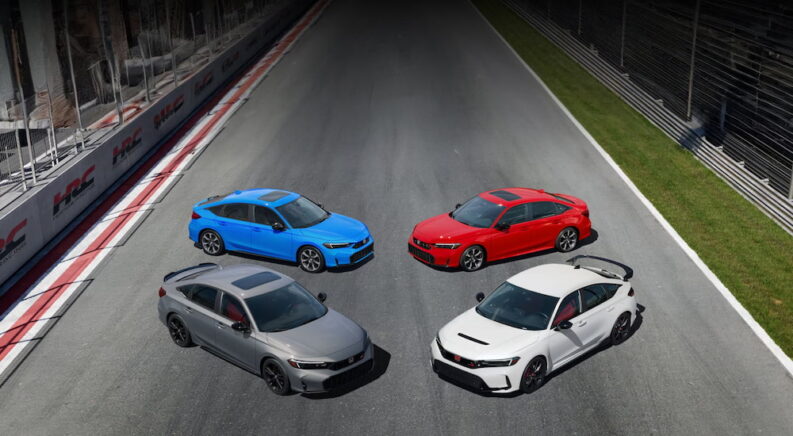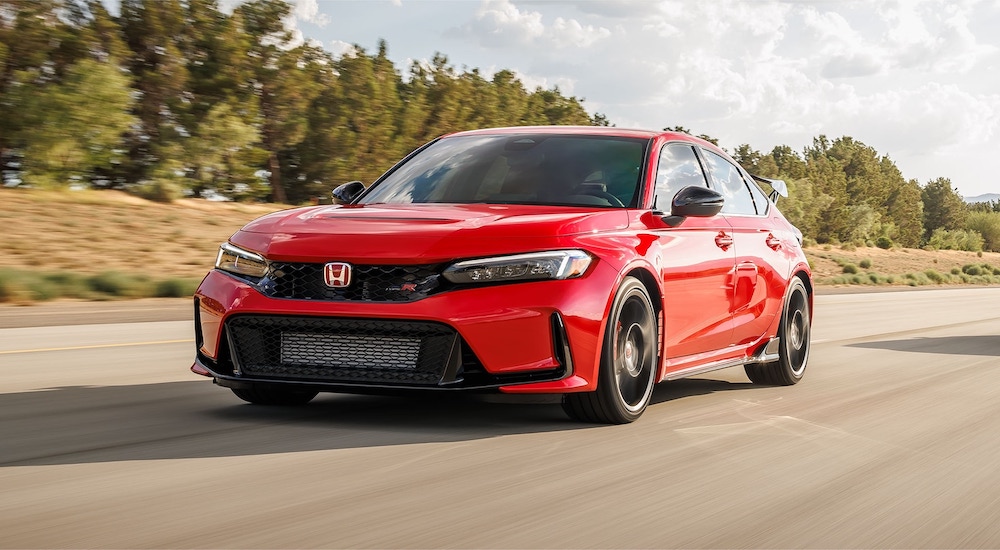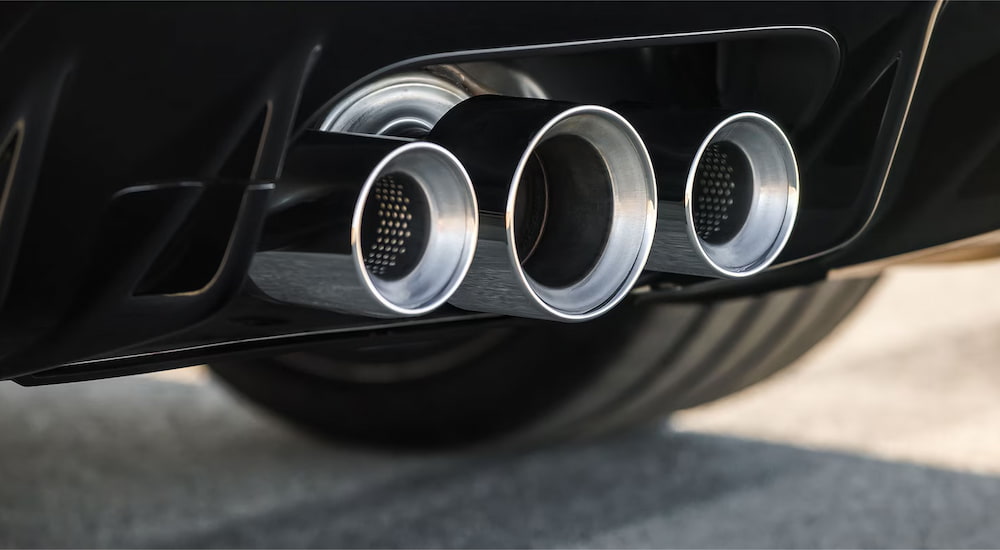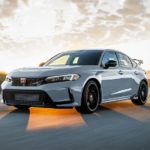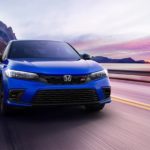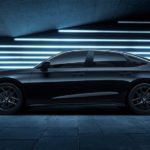Have you ever been to a Honda dealer, seen the HPD emblem on a vehicle, and wondered what it stood for? Racing enthusiasts will likely clue you in on its meaning straight away. HPD stands for “Honda Performance Development,” and it has been the high-octane arm of the brand here in America for decades. Most drivers know it primarily for the HPD packages and accessories offered on vehicles like the Ridgeline and Passport, but HPD does far more than provide upgrades for Honda’s street-legal lineup.
At its core, HPD is an engineering branch of the American Honda Motor Company that is focused on the world of motorsports. It is headquartered in a massive complex in Santa Clarita, California. Here, the many activities of HPD include R&D, race engine manufacturing, prototype manufacturing, race engine prep, material analysis, and more. If asked, “What is your primary objective here at HPD?” most members would simply reply, “We race to learn.” Learn they did, and they have an exhaustive collection of awards to show for their efforts. HPD is driven to succeed through innovation and understands that not winning the race is also a teachable moment.
How Has HPD Impacted the Racing Industry?
HPD was founded in 1993 as Honda’s high-performance racing program technical operations hub in the United States. At its onset, HPD provided performance racing engines for the IndyCar Series, leveraging the experience that Honda gained building engines for Formula One. Since then, HPD has expanded its motorsports operations to include supplying engines for endurance racing in the American Le Mans Series and the FIA World Endurance Championship (WEC). Most recently, it has even begun to offer complete cars for the IMSA SportsCar Championship. With its ability to innovate and produce world-class motorsports components, HPD has proven to be a valuable asset to Honda beyond just North America, leading to it being folded into Honda’s global motorsports efforts in 2023.
The Early Years of HPD
Success for HPD offerings in the high-performance racing industry came quickly and often. In IndyCar, Honda engines won numerous races and championship titles, culminating in a record-breaking year in 2000, when a Honda engine helped set a world closed-course speed record of 241 mph. It would seem that the racing legacy Soichiro Honda hoped to leave behind was in good hands at HPD.
By 2004, the HPD-provided Honda V8 was the dominant engine in the IndyCar series and had scored its first Indianapolis 500 win. This was followed up by a second Indy 500 win in 2005, as well as a manufacturer’s championship, further bolstering HPD’s reputation as a premier manufacturer of performance race engines and racing gear. But this was only the start for HPD.
HPD in the Drivers Seat
Having scored over 337 IndyCar race wins and with numerous manufacturer’s championships under its belt, HPD has continued its dominance of the series today. In fact, in 2006, HPD became the single-engine supplier for the IndyCar series. The 2006 Indianapolis 500 running on these HPD-provided engines achieved a record zero engine failures during the entire 500 miles of the race. Coming off such incredible success in IndyCar, HPD decided it was time to broaden its horizons and enter a more competitive motorsports series.
In 2007, HPD designed an LMP2 endurance racing prototype using a new HPD V8 under the hood. On its debut in the American Le Mans Series 12-hour race at Sebring, Florida, this car, dubbed the Acura ARX-01a, took home the win. HPD moved up to the LMP1 class in 2009, with one of its cars taking the class championship in its inaugural year on the grid. In 2010, HPD broke new ground again by joining the European Le Mans Series with its eyes firmly set on the world-famous 24 Hours of Le Mans.
The HPD Pinnacle, 24 Hours at Le Mans
Now joining the big league European racing circuit, HPD would have to share space with the likes of Aston Martin and Audi. In its debut as an LMP2 contender in 2010, the two HPD-powered cars from RML and Strakka Racing claimed first and second place in their class over the course of the season. The season also saw a total of three HPD-powered cars enter the 24 Hours of Le Mans, with the Strakka Racing car taking the LMP2 class victory.
The win in the 24 Hours at Le Mans secured the HPD brand as an accomplished, award-winning performance racing company. In recent years, HPD has begun a new campaign to harness the enthusiasm of entry-level and club racing organizations. HPD provides racing performance parts and HPD sponsorship initiatives. HPD also expanded its marketing platform with a host of merch available with the HPD branding front and center.
Honda Models That Proudly Wear the HPD Badge
The timing of the HPD marketing came at the tail end of a long road in making its mark on the automotive racing industry. After all, you need to establish a winning legacy before you can tout it to the public. Honda hasn’t launched any official HPD models like other automotive brands, but it has offered a variety of HPD packages and accessories. Some prime examples available for 2025 Honda models include:
- Honda Ridgeline HPD Wheel Package: includes 18-inch black alloy wheels with HPD center caps and all-terrain tires.
- Honda CR-V HPD Package: includes a tailgate spoiler, HPD decals, lower door accents, and fender flares, with optional 18-inch HPD bronze alloy wheels.
- Honda Pilot HPD+ Package: includes fender flares, lower door trim, and 18-inch HPD black alloy wheels.
- Honda Passport HPD+ Package: includes an HPD front grille, unique fender flares, 18-inch HPD matte black machined alloy wheels, and black taillight accents.
All the above models look much more sporty thanks to the HPD treatment, and with the new marketing campaign underway, more offerings would be in the works. However, the folks at Honda decided it was time for a change at HPD, and we are talking about a major change that would affect how HPD is branded and operates as an entity.
HPD Rebrands as HRC US
A major shift in the way Honda sees its performance racing arm was announced in September 2023. The decades-long separation between the Japanese-run Honda Racing Corporation (HRC), which focused its racing endeavors in the international arena, and HPD, which primarily played in the United States before branching out into Europe, is now in the past. HPD is now officially part of HRC. It wears the new title of Honda Racing Corporation USA (HRC US).
While a major restructuring, this merger does have its upside. The new HRC US will largely retain its American racing responsibilities while getting a collaborative boost from its Japanese counterpart. One example already in play is the use of an HRC-developed V6-hybrid pairing for its IndyCar and IMSA entries. This is unfamiliar territory for the former HPD. The downside is the Acura ARX-06 LMDh car was poised and eager to move beyond IMSA and join the international racing circuit, but HRC has put a hold on the program for the immediate future. Only time will tell how successful this merger will be for HRC US, but it will shortly make that HPD-branded Honda a collector’s item!

